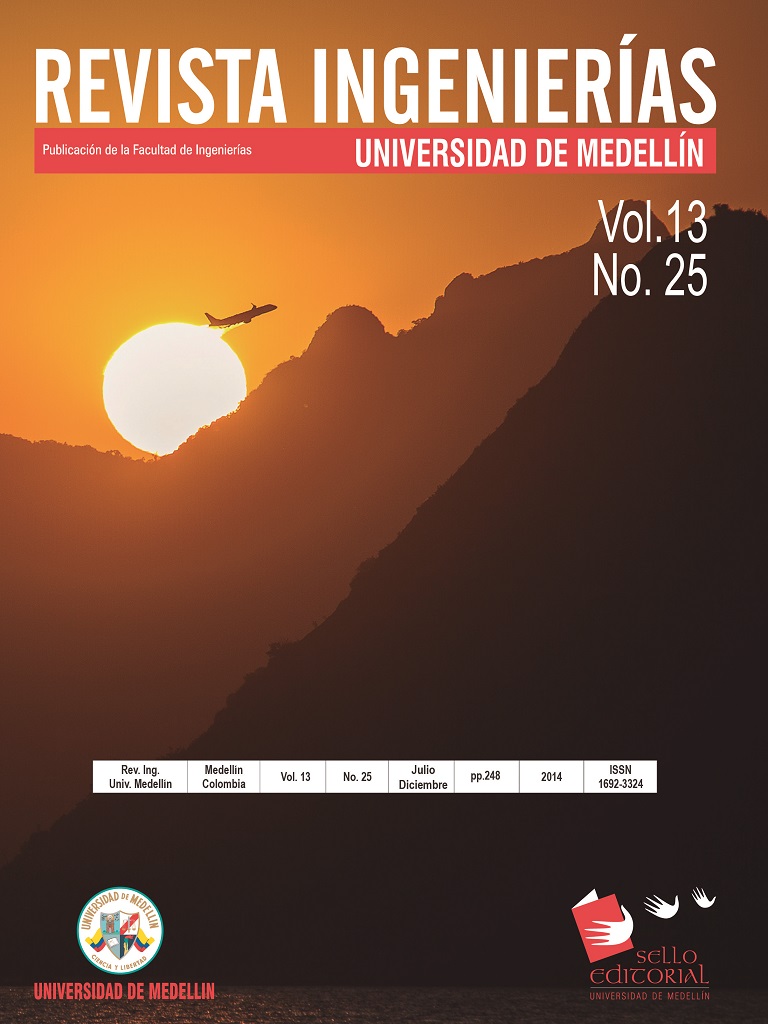Treatment of waterworks sludge from conventional process to drinking water
Main Article Content
Abstract
Waterworks sludge from sedimentation process in conventional drinking water treatment plant, recovery tests under aluminum adding H2SO4, thickening and settling properties were investigated. Using H2SO4, was recovered 60-70% of the initial concentration of aluminum in the sludge, and pH=1.5 Und mixture 5-30 minutes. For testing the settleability and thickening Nalclear 8173 and Trafloc 496 polymers were used. With a significance level of 0.05, the settling properties significant for SST and turbidity removal was obtained; there were no significant differences between the polymers; dose efficiencies presented significant removal was 10 mg/L. In thickening, adding Trafloc and the time factor influenced significantly on removal efficiencies of COD, BOD, TSS and turbidity; there were no significant differences between the doses of polymer used. The settleability provided best technical conditions for the treatment of sludge tested.





